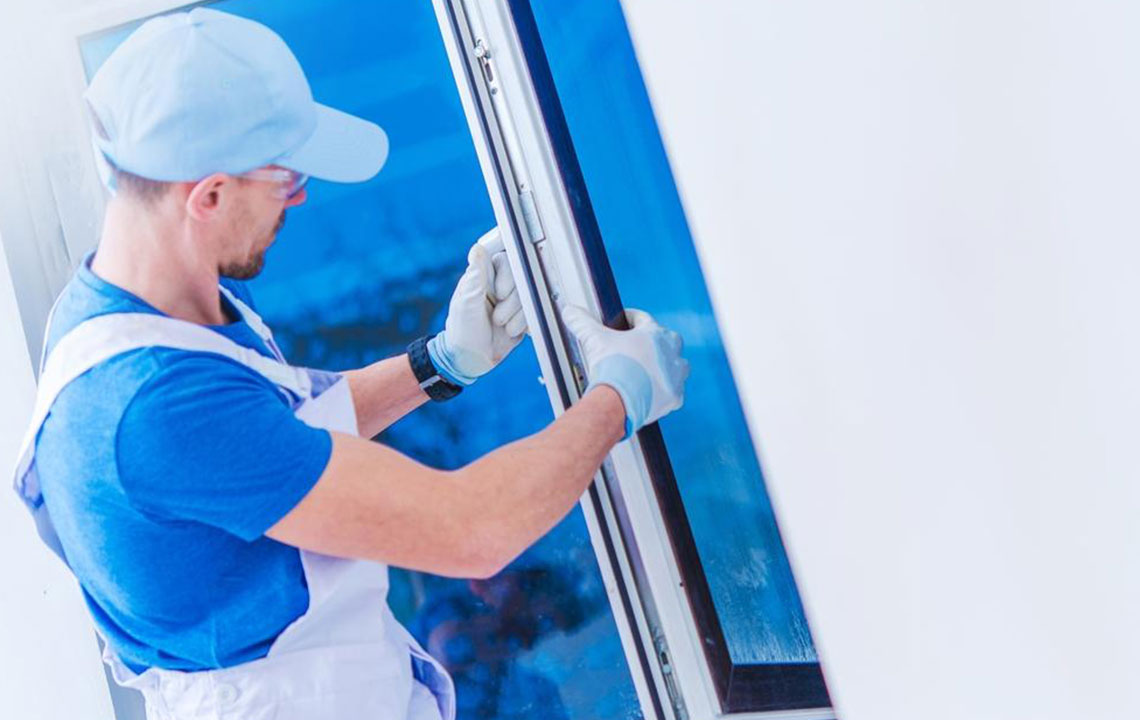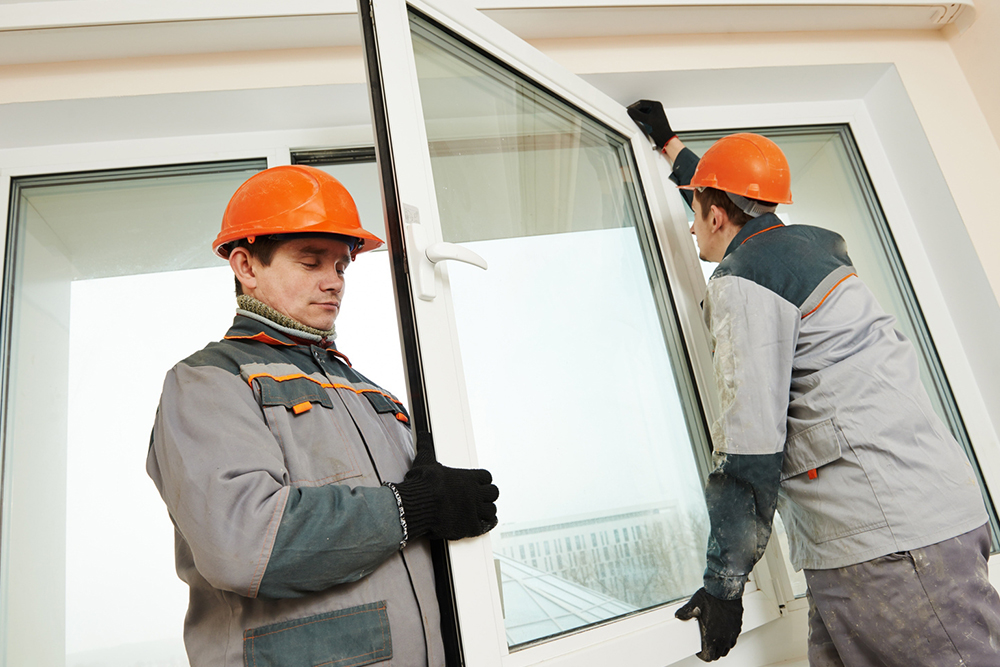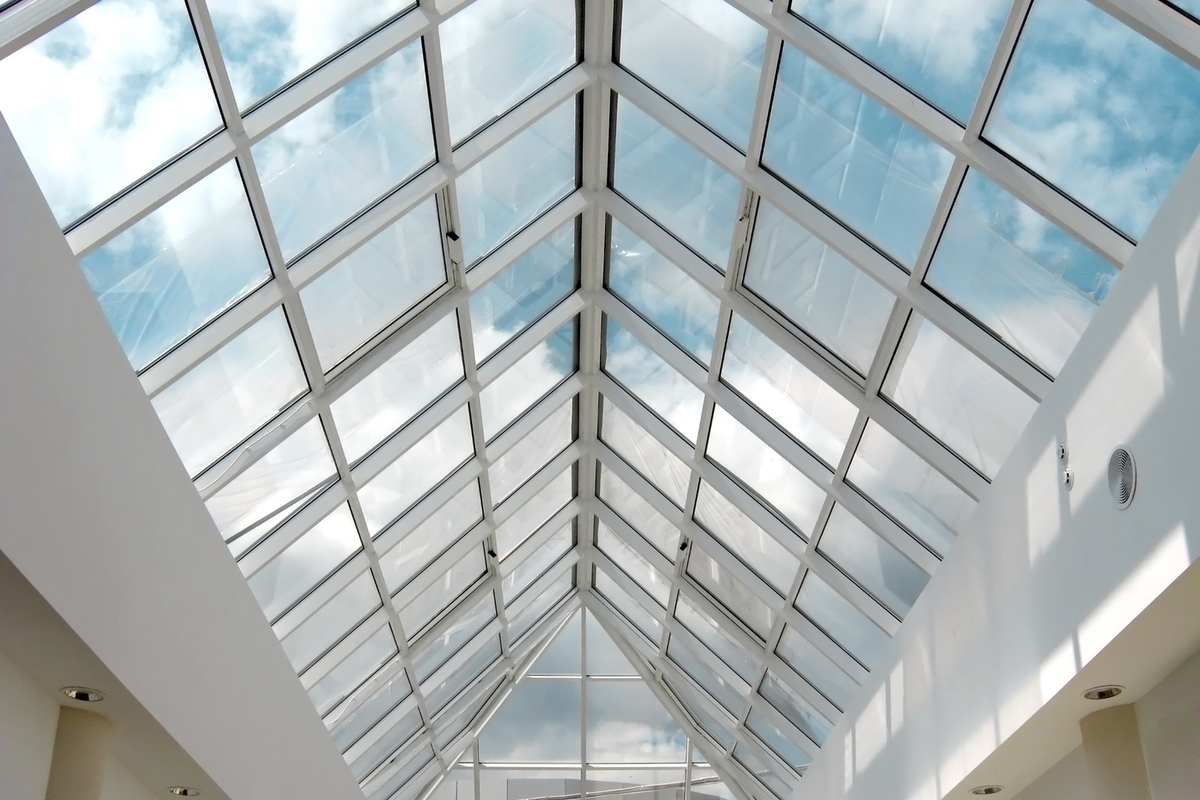Ultimate Attic Insulation Guide: Types, Benefits, Costs, and Expert Tips
This comprehensive guide covers various attic insulation types, their benefits, costs, and tips for selecting the right contractor. Learn about fiberglass, cellulose, and spray foam options, and discover how to optimize energy efficiency and comfort in your home with expert advice.

Ultimate Attic Insulation Guide: Types, Benefits, Costs, and Expert Tips
Maintaining a comfortable home environment all year depends heavily on proper attic insulation. It also plays a crucial role in lowering energy bills by supporting your heating and cooling systems. Many homeowners seek advice on insulation options, pricing, and choosing reliable contractors. This comprehensive guide offers essential information to help you make well-informed decisions about attic insulation.
Insulation Types and Their Benefits
There are four primary attic insulation types. Knowing their unique features can assist you in selecting the most suitable option for your home.
Fiberglass Batts Insulation
Constructed from tiny glass fibers derived from sand and recycled materials, fiberglass batts come in large rolls or pre-cut sections. These are treated with adhesive vapor to improve durability. This type offers several advantages, including enhanced fire resistance thanks to chemical treatments. Because it's made from renewable recycled content, fiberglass insulation is eco-friendly. It’s resilient, resists shrinking, and effectively dampens outdoor noise, preventing sound transmission between rooms.
Blown-in Fiberglass Insulation
This insulation is similar to fiberglass batts but is installed using a blower machine that disperses it evenly across attic spaces. The installation process is quick, often completed within hours, making it a convenient option. Its affordability and efficient coverage make it popular among homeowners. The blown-in technique ensures gaps are fully filled, maximizing insulation performance.
Cellulose Insulation
Made from recycled paper, including newspapers and cardboard, cellulose insulation is blown into attics to fill voids and prevent heat loss. It’s an environmentally friendly choice that reuses waste materials. Treated with boric acid, it enhances fire resistance and deters pests. Cellulose generally has a higher R-value than fiberglass, offering better insulation against heat transfer and reducing drafts caused by wind-washing.
Spray Foam Insulation
Spray foam starts as a liquid that expands into a solid foam once applied, sealing gaps and cracks efficiently. It delivers superior insulating performance with a high R-value and effectively blocks air leaks. Without requiring vapor barriers, spray foam adds versatility. Its durability and excellent sealing properties make it a top choice for energy-efficient home upgrades.
Attic Insulation Expenses
The cost to insulate an attic depends on factors like material selection, project size, and labor charges. Typical prices range from $1 to $7 per square foot, totaling approximately $1,500 to $4,000. Small upgrades may cost around $500, whereas larger projects can surpass $4,000. Professional installation generally adds $0 to $3 per square foot, based on complexity and insulation type.
Choosing a Professional Contractor
To ensure quality service, review customer feedback and confirm licenses or certifications. Obtain a detailed written estimate before work begins. Ask questions regarding the process, materials used, and procedures for addressing unexpected issues. Clear communication and transparency are vital for a successful attic insulation project.


